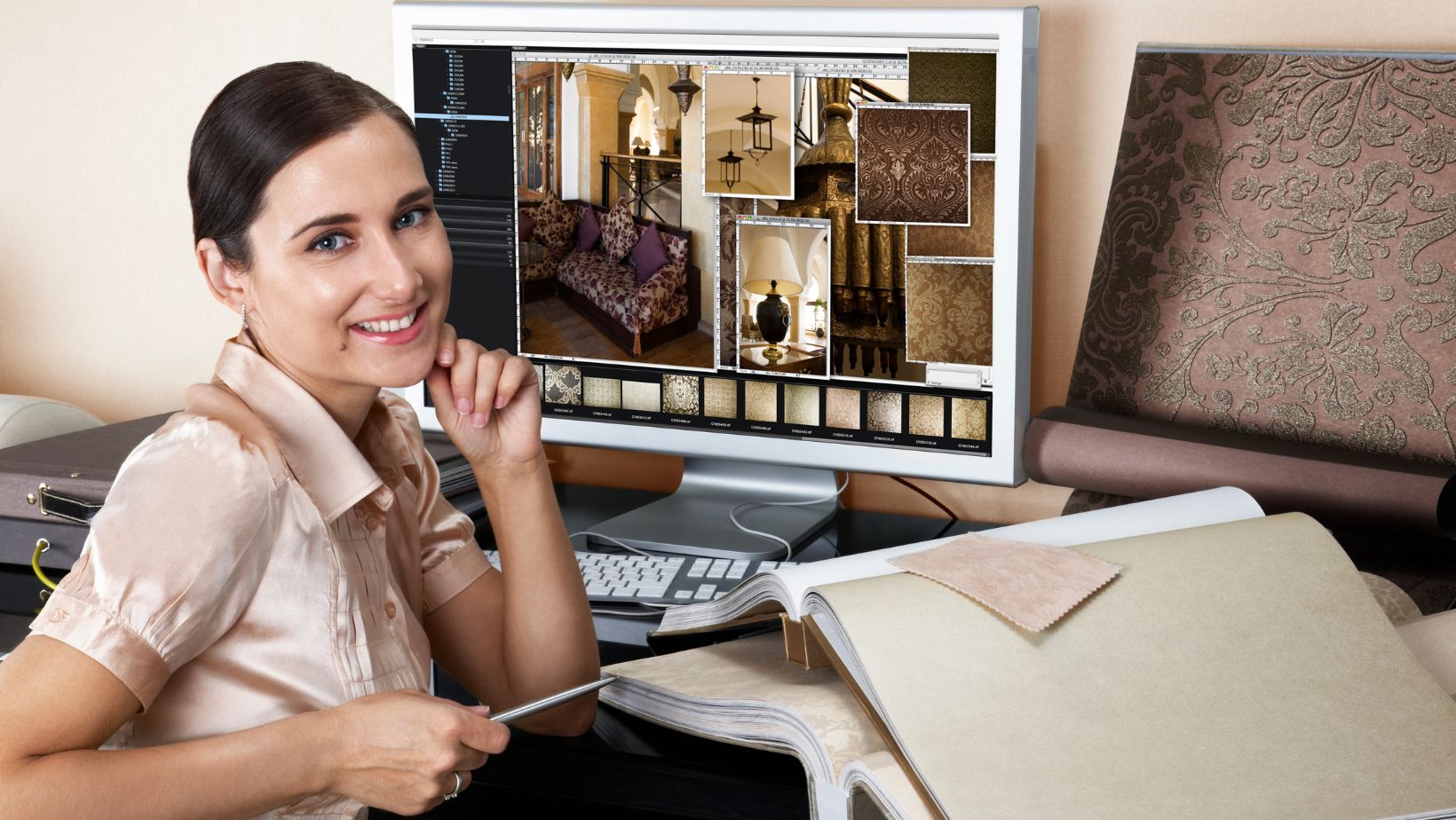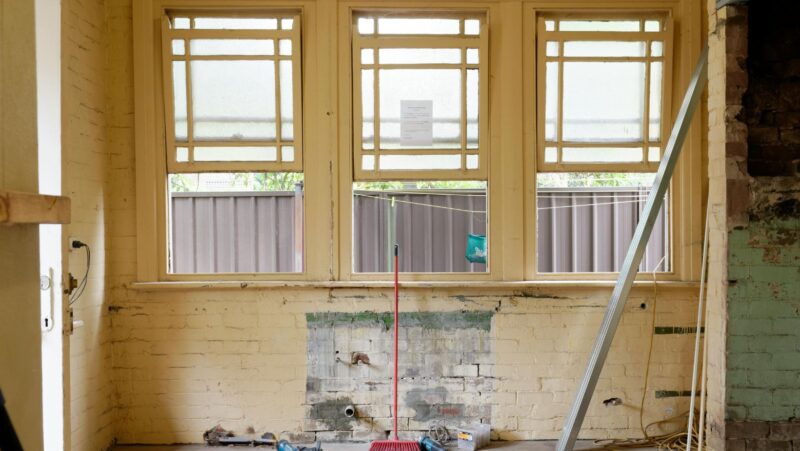Interior designers are creative professionals who specialize in designing and enhancing interior spaces to create functional and aesthetically pleasing environments. They possess a keen eye for detail, a strong sense of style, and a deep understanding of design principles. Interior designers work closely with clients to bring their vision to life while considering factors such as space planning, color schemes, furniture selection, and lighting. These skilled individuals play a crucial role in transforming ordinary spaces into extraordinary ones, whether it’s a residential home, commercial office, or hospitality establishment. Interior designers combine their artistic talents with technical expertise to create harmonious and visually appealing interiors that reflect the clients’ personality and lifestyle. With a focus on both form and function, interior designers strive to optimize the use of space while creating beautiful and comfortable living or working environments.
Table of Contents
ToggleWhat is an Interior Designer
Definition of Interior Designer
An interior designer is a professional who specializes in creating functional and aesthetically pleasing interior spaces. They work with clients to bring their design visions to life, focusing on factors such as space planning, color schemes, furniture selection, and lighting to transform ordinary spaces into extraordinary ones.
Responsibilities of an Interior Designer
- Collaborating closely with clients to understand their needs and preferences.
- Developing design concepts and presenting them to clients for approval.
- Selecting and sourcing materials, furniture, and decor elements.
- Overseeing the implementation of designs and working with contractors.
- Creativity to conceptualize unique and innovative designs.
- Attention to detail when selecting materials and furniture.
- Strong communication skills to work effectively with clients and contractors.
- Technical expertise in utilizing design software and understanding building codes and regulations.
By blending artistic flair and technical know-how, interior designers bring spaces to life while ensuring functionality and style.

How to Become an Interior Designer
Education and Training
- A bachelor’s degree in interior design or a related field is typically required.
- Some employers may prefer candidates with a master’s degree for advanced positions.
- Courses may cover design theory, CAD software, spatial planning, and color theory.
- Internships provide valuable hands-on experience and industry exposure.
Certifications and Licenses
- Certifications such as the NCIDQ exam can enhance credibility and job prospects.
- State licenses are mandatory in some regions to practice as an interior designer.
- Continuing education is often necessary to maintain certification.
- Create a diverse portfolio showcasing design projects, concepts, and technical skills.
- Include renderings, floor plans, and photographs to demonstrate proficiency.
- Networking and seeking feedback can help refine and expand the portfolio.

Working as an Interior Designer
Job Opportunities
- Interior designers work in a variety of settings such as residential, commercial, hospitality, and healthcare industries.
- Employment of interior designers is projected to grow by 4% from 2019 to 2029, creating opportunities for those with creative flair and technical skills.
- Top industries employing interior designers include architectural, engineering, and design services.
Collaboration with Clients
- Interior designers collaborate closely with clients to understand their needs, preferences, and budget constraints.
- Effective communication skills are essential to translate client visions into design concepts.
- Building strong client relationships is crucial for repeat business and referrals.
- Interior designers manage projects from concept to completion, overseeing design elements, budgets, and timelines.
- Attention to detail is key in selecting furnishings, materials, and finishes to create cohesive design schemes.
- Utilizing design software like AutoCAD and 3D modeling tools enhances efficiency in visualizing and presenting design concepts.
Interior designers play a crucial role in transforming spaces through their creative vision and attention to detail. With job opportunities spanning across various industries, from residential to healthcare, interior designers are essential in creating functional and aesthetically pleasing environments. Collaboration with clients, effective communication skills, and project management expertise are key factors that contribute to the success of interior designers in the field. By staying updated on design trends and utilizing advanced technology, interior designers can bring innovative solutions to their projects. The projected growth in employment reflects the increasing demand for skilled professionals in this dynamic field, making it an exciting career path for those passionate about design.





